In the next 10 years, space telescopes such as the Extremely Large Telescope, James Webb Space Telescope, and Thirty Meter Telescope are expected to change the way humanity perceives the universe.
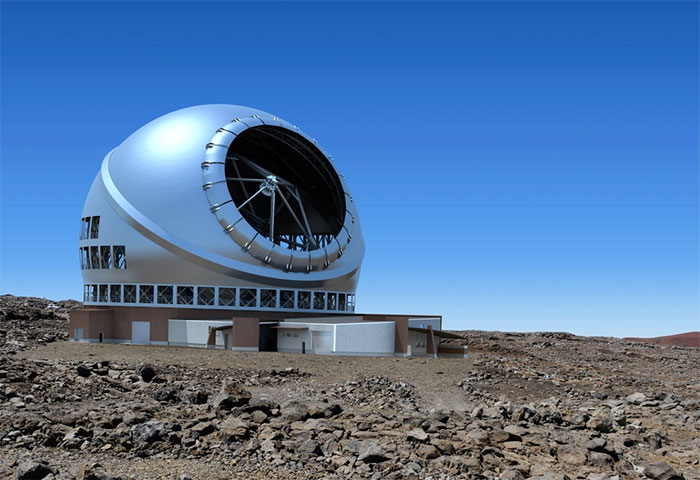
The Thirty Meter Telescope is named for its 30-meter wide mirror, which allows it to collect a vast amount of light from celestial objects. Expected to be operational by 2027, the Thirty Meter Telescope can capture images that are 12 times clearer than those taken by the Hubble Space Telescope, which has been observing the universe for over 30 years. (Image: TMT International Observatory).
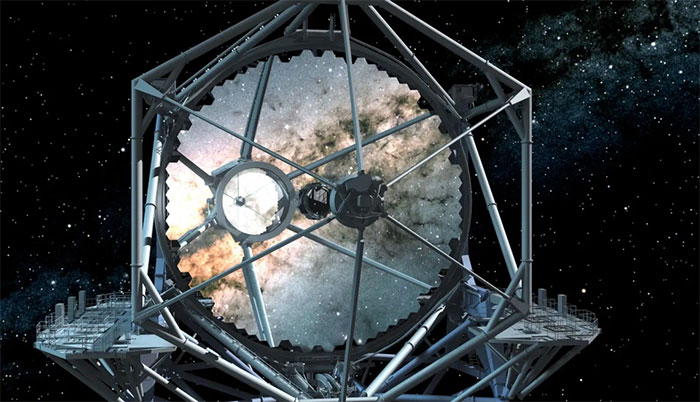
According to Gizmodo, the Thirty Meter Telescope will allow scientists to observe the first rays of light and the physical properties of the early universe to better understand dark matter. Protests in Hawaii have complicated the construction process, but the telescope is still likely to be completed and operated at this location. (Image: TMT International Observatory).
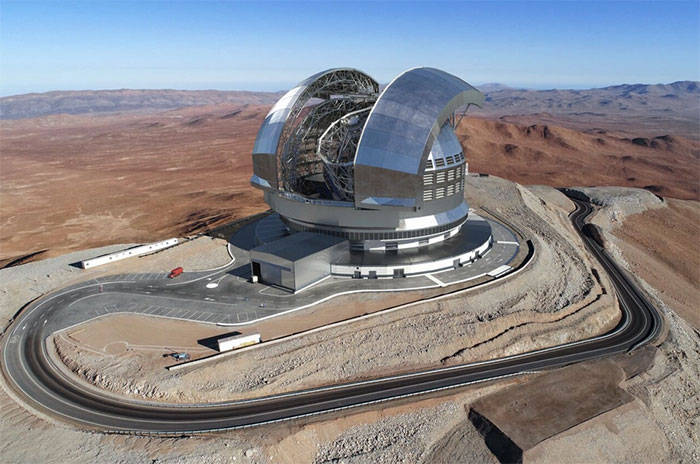
The Extremely Large Telescope by the European Southern Observatory (ESO) began construction in 2017 and is expected to become the world’s largest optical telescope for observing near-infrared light, surpassing the Very Large Telescope operated by ESO since 1998. (Image: ESO).
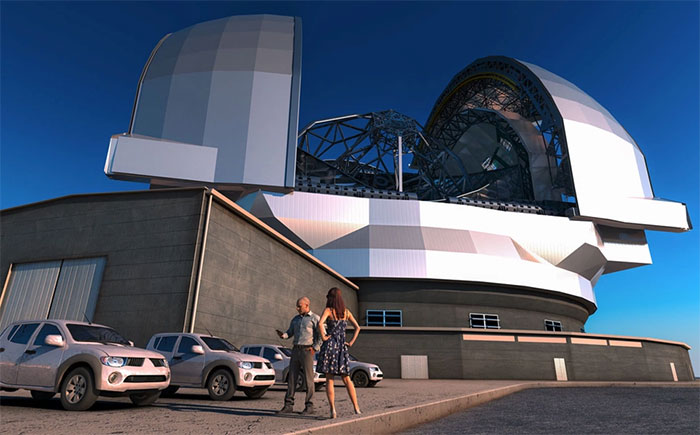
The mirror diameter of the Extremely Large Telescope is 39 meters, capable of collecting light 100 million times more than the human eye. Its goals include observing and analyzing the potential for life on exoplanets, studying black holes, the evolution of galaxies, and the early stages of the universe. The telescope is expected to be operational by 2027. (Image: ESO).
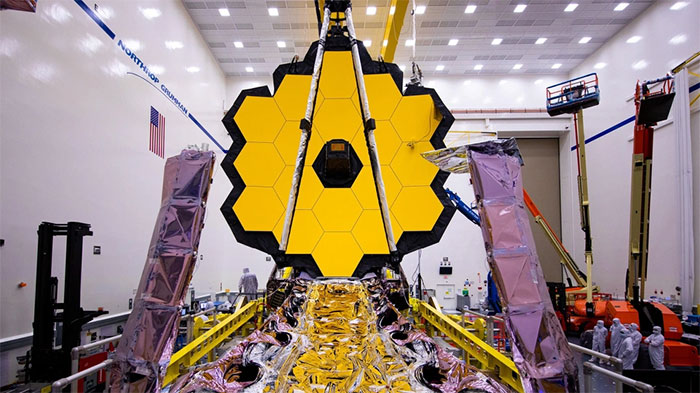
The James Webb Space Telescope was launched at the end of 2021 and is currently undergoing final testing phases before becoming fully operational by the end of this year. As NASA’s most powerful telescope, James Webb can observe the atmospheres of exoplanets and gather data on various galaxies through infrared light that is invisible to the human eye. (Image: NASA).
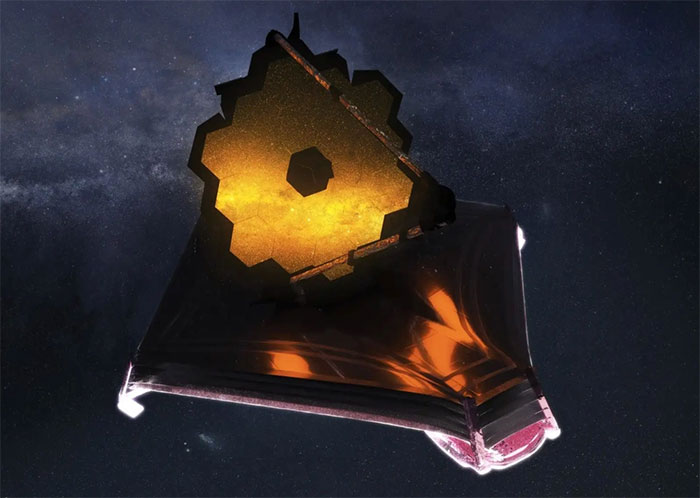
James Webb will analyze every stage of the universe’s history, including the first rays of light after the Big Bang, the formation of galaxies, stars, and planets. The telescope’s power may answer questions about how the first galaxies formed 13.5 billion years ago, aiding scientists in studying the formation of primordial galaxies and identifying potentially habitable exoplanets. (Image: NASA).
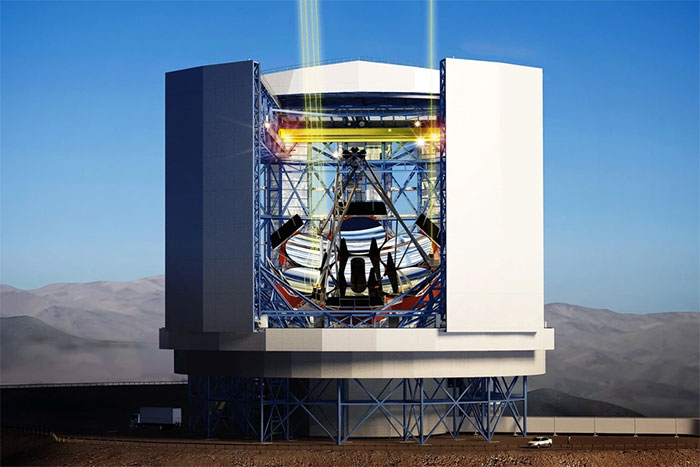
The Giant Magellan Telescope is located in the Atacama Desert (Chile), one of the best places for astronomical observation. When operational, the telescope will use seven mirrors measuring 8.2 meters in diameter to observe near-infrared light. According to the Giant Magellan website, its observational power is four times that of James Webb and ten times that of Hubble. (Image: Giant Magellan Telescope).
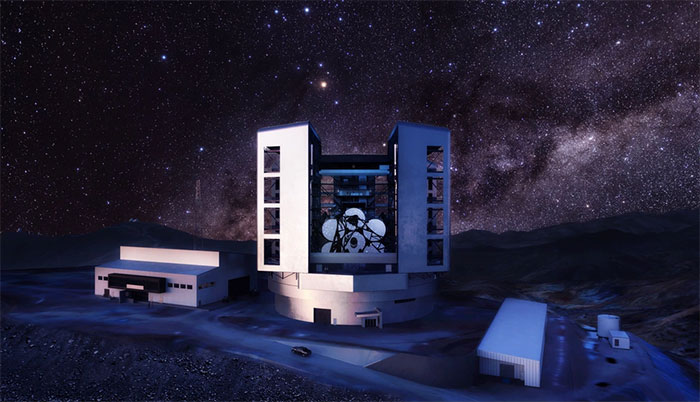
The instruments of the Giant Magellan Telescope will help study exoplanets and their atmospheric biological structures. Additionally, the telescope will observe the evolution of galaxies, gravitational waves, and visible objects in the near-infrared region, including planetary systems. According to Smithsonian, the telescope is expected to be operational by 2029. (Image: Giant Magellan Telescope).
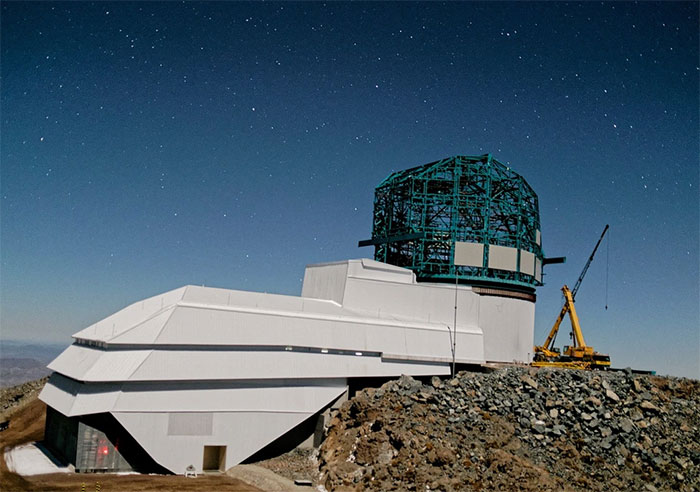
The Simonyi Survey Telescope is part of the Vera C. Rubin Observatory and is included in the Legacy Survey of Space and Time (LSST) program. This telescope is equipped with the largest digital camera ever built, featuring a resolution of 3.2 billion pixels, capable of collecting 15 terabytes of data on the brightness, location, shape, and color of celestial objects at night. (Image: Universe Today).
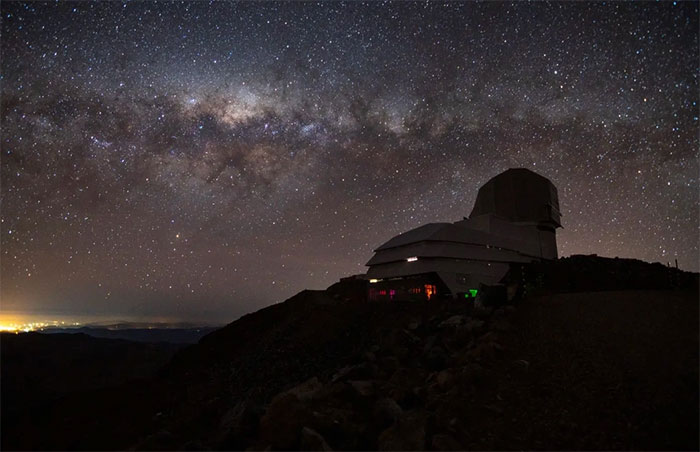
From this data, scientists can create a film of cosmic motion at ultra-high resolution. While other telescopes focus on specific objects in the sky, Simonyi will capture everything, creating a spatial context for the operations of other telescopes. (Image: Bruno C. Quint).

















































